For a long time, private label (PL) products had the reputation of covering the low budget range almost exclusively. This was justified, because in the early days of PL products, it was predominantly discounters in grocery retailing who attempted to beat classic brands on price with their own products, which mostly had a “no frills” appearance.
This situation has changed markedly, and now there are scarcely any differences in quality between many PL and branded products. Consumers are also naturally falling back on retailers’ private labels, even in high-priced categories.
According to the market research company Nielsen, PL accounts globally for 19.4 per cent of all sales of fast-moving consumer goods (FMCG), although significant differences exist between individual continents. Western Europe tops the list; here PL accounts for 36 per cent of sales. It is followed by eastern Europe (14.7 per cent) and North America (14.4 per cent). In the economically emerging Asia-Pacific region, on the other hand, the private labels of store chains are of considerably smaller significance with a 6.1 per cent share of sales. This is all the more the case in Latin America, where sales of PL products accounted for just 2.3 per cent of all FMCG sales in 2022. In all countries, discount stores are the primary drivers of the private label market.
Strong growth in eastern Europe
The biggest growth markets currently include eastern European countries such as Hungary, Slovenia and Poland as well as Turkey. These are countries that suffered particularly badly from high inflation rates last year. In eastern Europe, PLs recorded sales growth of 18.1 per cent in the second quarter of 2022, when inflation jumped significantly, compared with the previous year. In Latin America, another region in which PL products are on the rise, the increase in sales was as much as 27.4 per cent. “In both regions, the strengthening of discounters and shopper preference for private labels is driving this growth,” comments Nielsen with reference to this trend. “Consumers are also adjusting their shopping baskets by spending only on essential categories while cutting down on some non-essential items.” Another statistic confirms this observation: higher-inflation markets like Lebanon, Turkey and Argentina were amongst the fastest-growing PL markets in 2022, whilst some mature PL markets…

 Menü
Menü





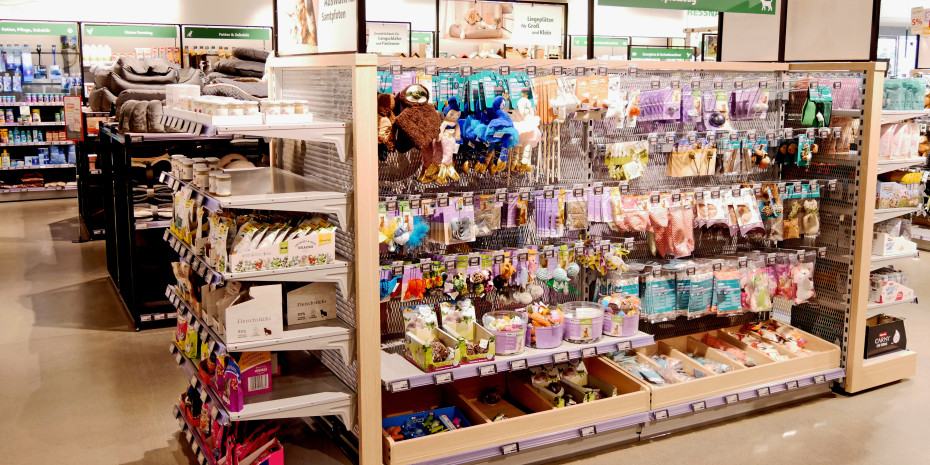


 2/2023
2/2023
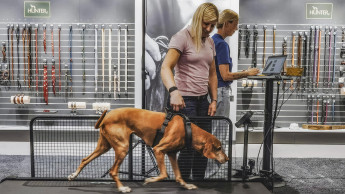
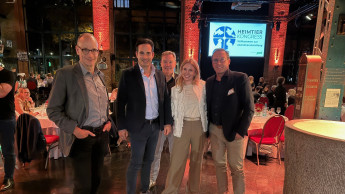
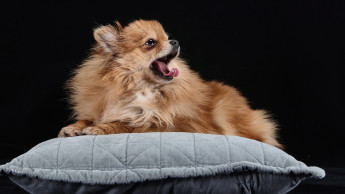






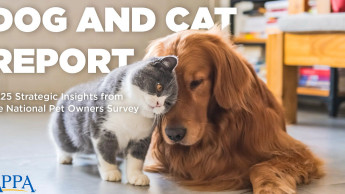
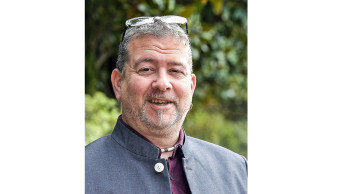
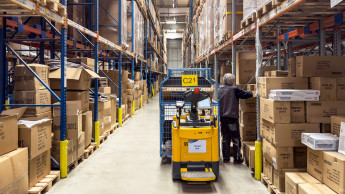
 Newsletter
Newsletter